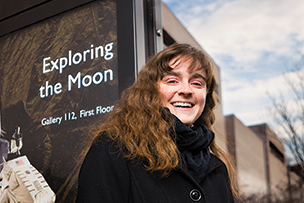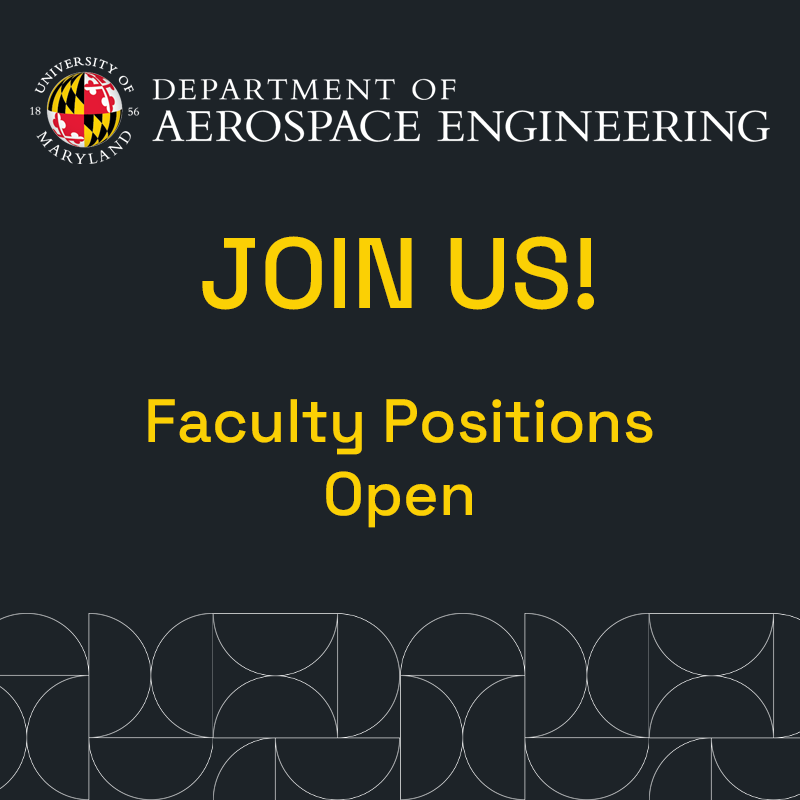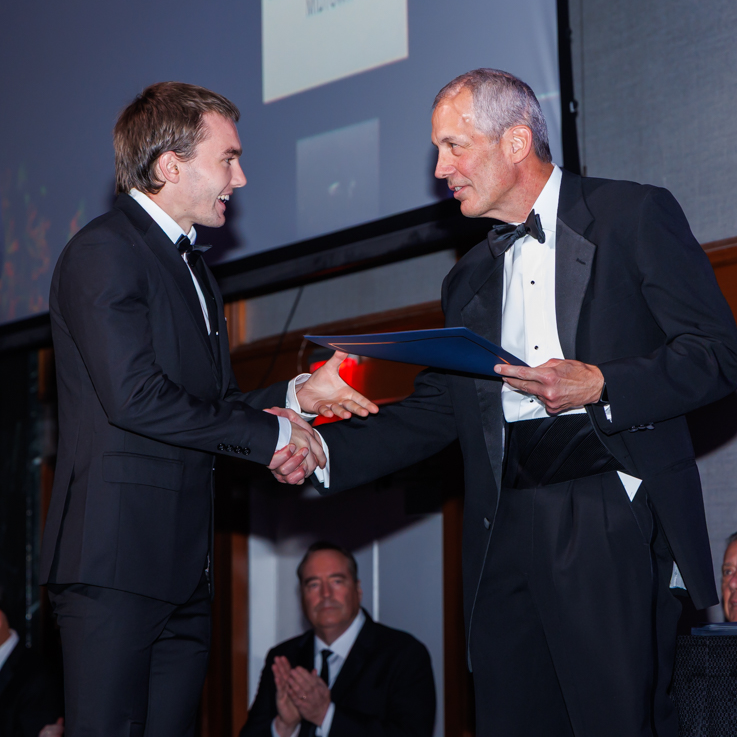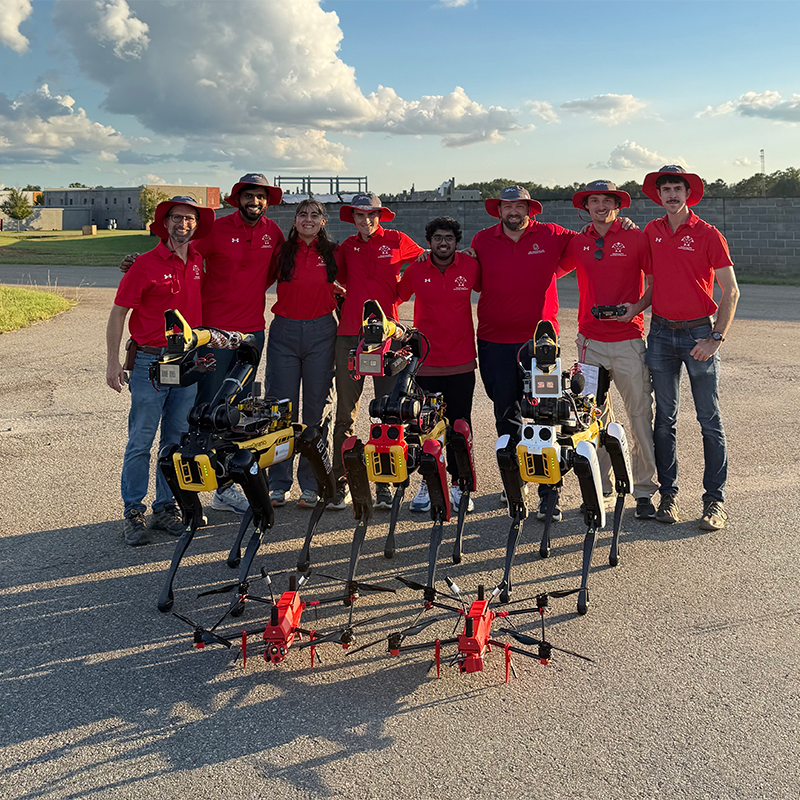News Story
New Space Research Center Launched at UMD

From protecting Earth against collisions with space objects to designing infrastructure for future Moon habitats, the University of Maryland (UMD) has a rich track record of involvement in space engineering and research. A new center established at the Department of Aerospace Engineering will help consolidate those activities and open up new avenues for collaboration.
The center, named Advanced Space Science and Technology Research at UMD (ASTRA), is headed by Professor Christine Hartzell, director of the Planetary Surfaces and Spacecraft Laboratory and a UMD faculty member since 2014. Hartzell has been involved in several U.S. and international spacecraft missions. From 2018 to 2020, she participated in NASA’s OSIRIS-REx asteroid sample return mission and in 2020 she was tapped as a mission specialist for NASA’s SIMPLEx-Janus mission. Currently, she is part of the science team on the Japan Aerospace Exploration Agency's Martian Moons eXplorer mission.
"The goal of ASTRA is to support existing research and provide new opportunities for research related to space science and engineering," Hartzell said. "We have a lot of folks on campus who are involved in collaborations with organizations such as NASA's Goddard Space Flight Center (GSFC) and the Johns Hopkins University Applied Physics Laboratory (APL), and who do space-related research. Until now, though, we haven’t had an institutional structure to promote space exploration as a major research thrust at Maryland. ASTRA will change that."
UMD’s location, just six miles down the road from the GSFC and a short drive south from APL, provides advantages—as do unique UMD resources such as the Neutral Buoyancy Research Facility, the only such facility worldwide to be located on a college campus. Both APL and the GSFC have designed, built, and operated major spacecraft missions that have explored the solar system, studied the Sun, and observed solar systems around other stars. "Strengthening our research ties with these two institutions will give students the unique opportunity to work alongside the day-to-day practitioners of spaceflight," Hartzell said.
The Space Systems Laboratory, led by Professor David Akin, has designed improved spacesuits for astronauts and engineered autonomous systems that can assist humans as they explore space.
Hartzell’s Planetary Surfaces and Spacecraft Lab, among other activities, has experimented with novel methods of removing lunar dust from spacesuits and equipment, while also developing models and simulations that have helped uncover mysteries surrounding asteroid formation.
As the new center takes flight, Hartzell and her team will help to increase awareness in the space community—including prospective graduate students, academic peers, and funding agencies—of such efforts. "We want to increase visibility and promote Maryland as a place for space research," she said.
ASTRA will also help get the word out about the master’s of engineering and certificate programs offered by the UMD aerospace engineering department in collaboration with Maryland Applied Graduate Engineering. Both programs provide educational opportunities to working professionals with an interest in obtaining or enhancing space engineering credentials.
Published September 20, 2024









